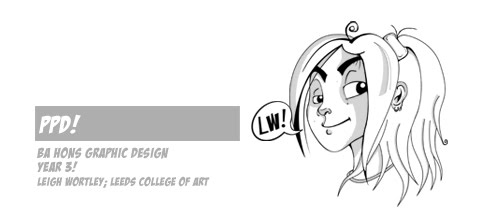- A summary of your academic and work history.
- A document that contains a summary or/and a list of job experience and education.
- Personal history of education, professional history and job qualifications
- A short account of career and qualifications.
- A Personal marketing tool.
- A reflection of a potential employer.
- A chance to sell your self, your skills and your experience.
- Your name
- Contact details
- A link to a portfolio
- Education and training
- Strengths/Skills
- Career profile
- Career and achievements
What is a portfolio:
- A portfolio is a showcase of the talent and creativity that you have to offer to who ever is looking at it.
- A set of pieces of creative work collected to be shown to potential customers or employers.
- Graphic design portfolios are graphical résumés. They show real examples of the type of work you have done in the past. It is an indication of the type of work you can do in the future.
- There are 3 main kinds of graphic design portfolios that students generally create. One that is printed, one that is online, and one that is on a DVD or CD.
- A well-prepared portfolio provides "evidence" to an employer of your accomplishments, skills, abilities and it documents the scope and quality of your experience and training.
- It is an organized collection of documentation that presents both your personal and professional achievements in a concrete way.
- Portfolios can range in from something as simple as an online version of your resume to a web site full of materials.
- An online portfolio provides a way to reveal your credentials to the world. It allows you to package the best evidence of your candidacy for employment.
- Consistency
- Two of the strong examples first and last
- A variety of media (online portfolio)
- Quality not quantity
- Add a case study (brief description) under each project
- Keep your portfolio current
- customisable appeal (if you want to work for print, put in print examples) (printed portfolio)
- Contact details
- Your name






